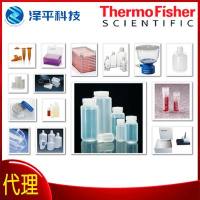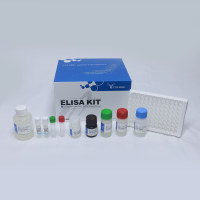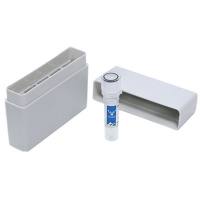Single chain recombinant antibody fragments can multimerise to provide high binding avidity and unique specificity for target
antigens and can be used to replace the parent antibody or Fab derivatives (1
). A unique advantage in using bacterial expression systems is the high yield and low cost, especially when the VH
and VL
domains are tethered by a single-chain linker (scFv). This chapter describes expression systems for production of new types
of scFv molecules with size, flexibility, and valency suited to in vivo cell-targeting, tumor imaging, and therapy. Further,
we review the design of expression cassettes that create multi-specific scFv dimers suited to crosslinking target antigens
for T-cell recruitment, viral delivery, and immunodiagnostics. Choice of the linker length that joins VH
and VL
domains dictates precisely whether the (scFv) product is a soluble monomer or a high-avidity multimer (dimer, trimer, etc.).
Based on the Kabat numbering system (2
) and X-ray structures of Fv domains (3
,4
), we define the C-terminal end of the VH
domain as SerH112
or ArgL107
of VL. In either VH-VL or VL
-VH
orientation, single chain Fv fragments (scFvs, ≈30 kDa) are predominantly monomeric when the Fv domains are joined by polypeptide
linkers of at least 12 residues (5
). An scFv molecule with a linker of 3–12 residues cannot fold into a functional Fv domain and instead associates with a second
scFv molecule to form a bivalent dimer (diabody, ≈60 kDa) (5
,6
). Reducing the linker length below three residues can force scFv association into trimers (triabodies, ≈90 kDa) or tetramers
(≈120 kDa) depending on linker length, composition, and Fv domain orientation (7
–10
). The increased binding valency in these scFv multimers results in high avidity (long off-rates). A particular advantage
for tumor targeting is that molecules of ≈60–100 kDa have increased tumor penetration and fast clearance rates compared to
the parent Ig (150 kDa) (1
,11
–14
). A number of cancer-targeting scFv multimers have recently undergone preclinical evaluation for in vivo stability and efficacy
(11
–14
). Bi- and tri-specific multimers can be formed by association of different scFv molecules and, in the first examples, have
been designed as crosslinking reagents for T-cell recruitment into tumors (immunotherapy) and as red blood cell agglutination
reagents (immunodiagnostics) (1
,15
,16
).






